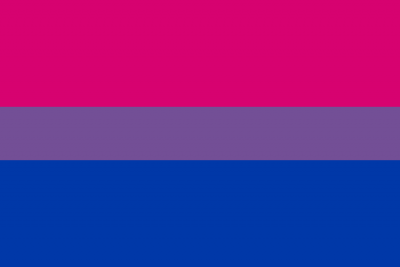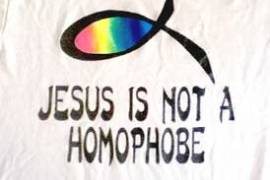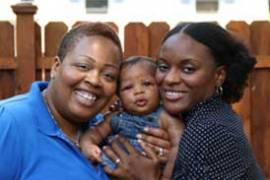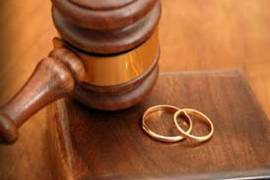
Bi Awareness Week – Bringing Visibility to the “B” in LGBT
Blog Search
Co-authored by Aisha Davis, Tyron Garner Fellow; Ariel Goldberg, Digital Marketing Strategist; and Kara Ingelhart, Skadden Fellow.
This week marks the annual Bisexual Awareness Week. Additionally, tomorrow, September 23rd, is the 16th annual Celebrate Bisexuality Day.
Bisexual-identified people – those who have the capacity for attraction to more than one sex or gender – make up a higher percentage of the U.S. population than both lesbian- and gay-identified people combined, according to a 2011 study by the Williams Institute. A recent YouGov study also found that 29% of people in the United States under 30 who responded to the survey identify as neither heterosexual nor homosexual. But bisexuals are often ignored by the community at large, and the LGBT rights movement in particular must do more to ensure that it meets the needs of all parts of our community.
The bisexual community has worked for decades to combat biphobia and discrimination — from lesbian and gay and heterosexual communities alike — that frequently manifests in instances of bisexual erasure or invisibility. There are common misperceptions: that bisexuality is a transitional or incomplete identity (“it’s just a phase” or “bisexual people are actually gay or lesbian”), that heterosexuality and homosexuality are more valid or “better” identities than bisexuality (also known as monosexism) and that bisexuality doesn’t actually exist at all. Portrayals of bisexual characters in media are rare, and when they do exist, they often suffer from these stereotypes.
Biphobia and bisexual erasure also hinder efforts to address the health, safety and poverty issues facing bisexual people. The Movement Advancement Project (MAP) found that bisexual women are more likely to experience intimate partner violence than lesbians or heterosexual women. Bisexual people are also more likely to be in poor physical health and have higher rates of attempted suicide. Additionally, bisexual men and women are more likely to live in poverty compared to heterosexuals, gay men and lesbian women.
The term bisexual often is interpreted incorrectly as promoting a binary male and female view of gender as a result of its “bi” (meaning “two”) prefix. However, the “bi” prefix can and should instead be seen as meaning “more than one” because bisexual people can be attracted to people of many genders. There are countless labels that bisexual people use to describe their sexual orientation and identity including (but not limited to) pansexual, polysexual, fluid and queer. There are non-binary and transgender members within the bisexual community as well.
Lambda Legal is proud to fight for the rights of all LGBT people and people living with HIV. We actively support all efforts to ensure visibility and awareness for all members of the communities we serve. It is incumbent upon lesbian- and gay-identified people especially to act as allies to the bisexual community and help combat bisexual erasure in both the media and daily life.
For more information or if you feel you have been discriminated against on the basis of your sexual orientation, please contact Lambda Legal’s Help Desk.




